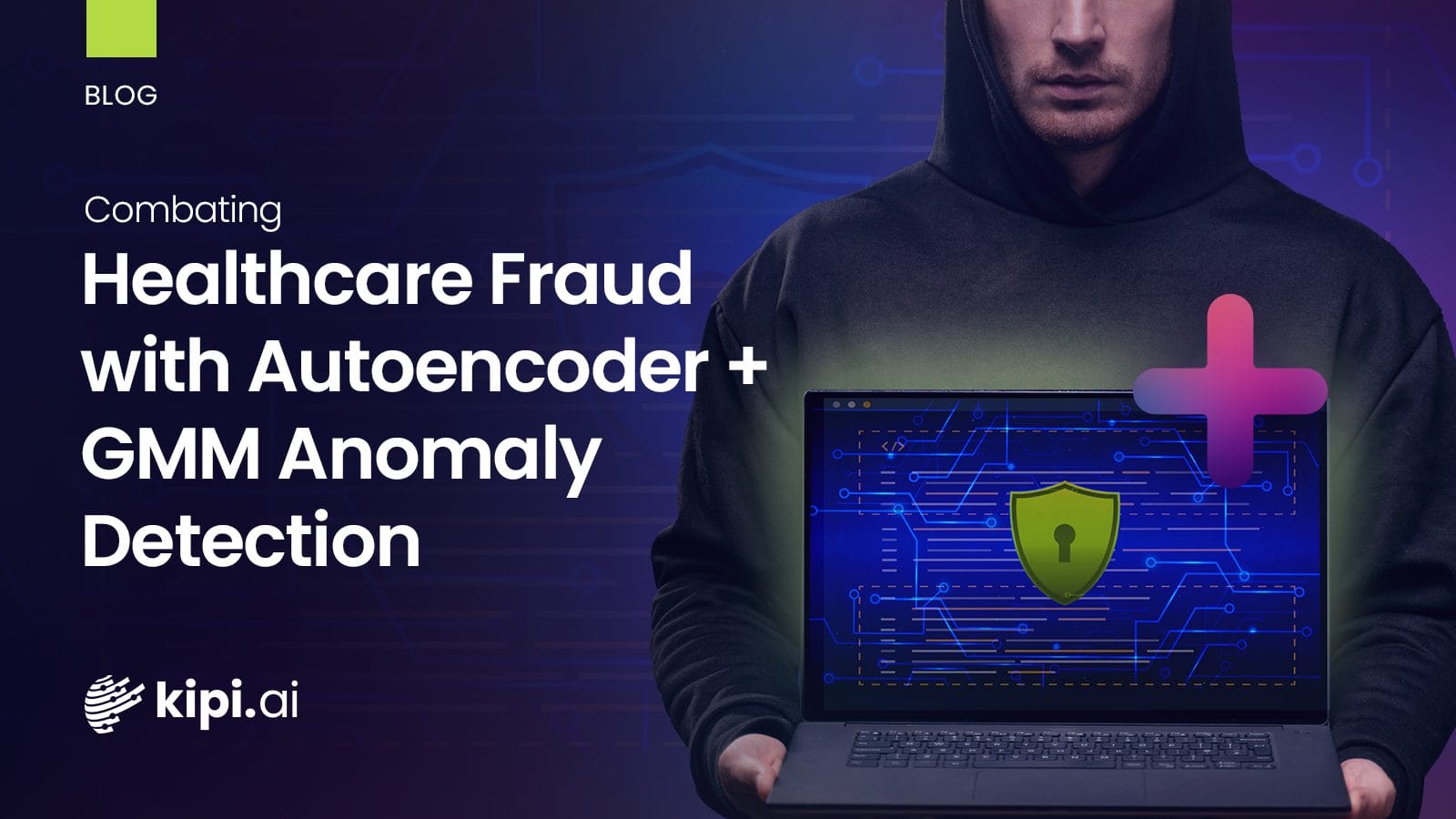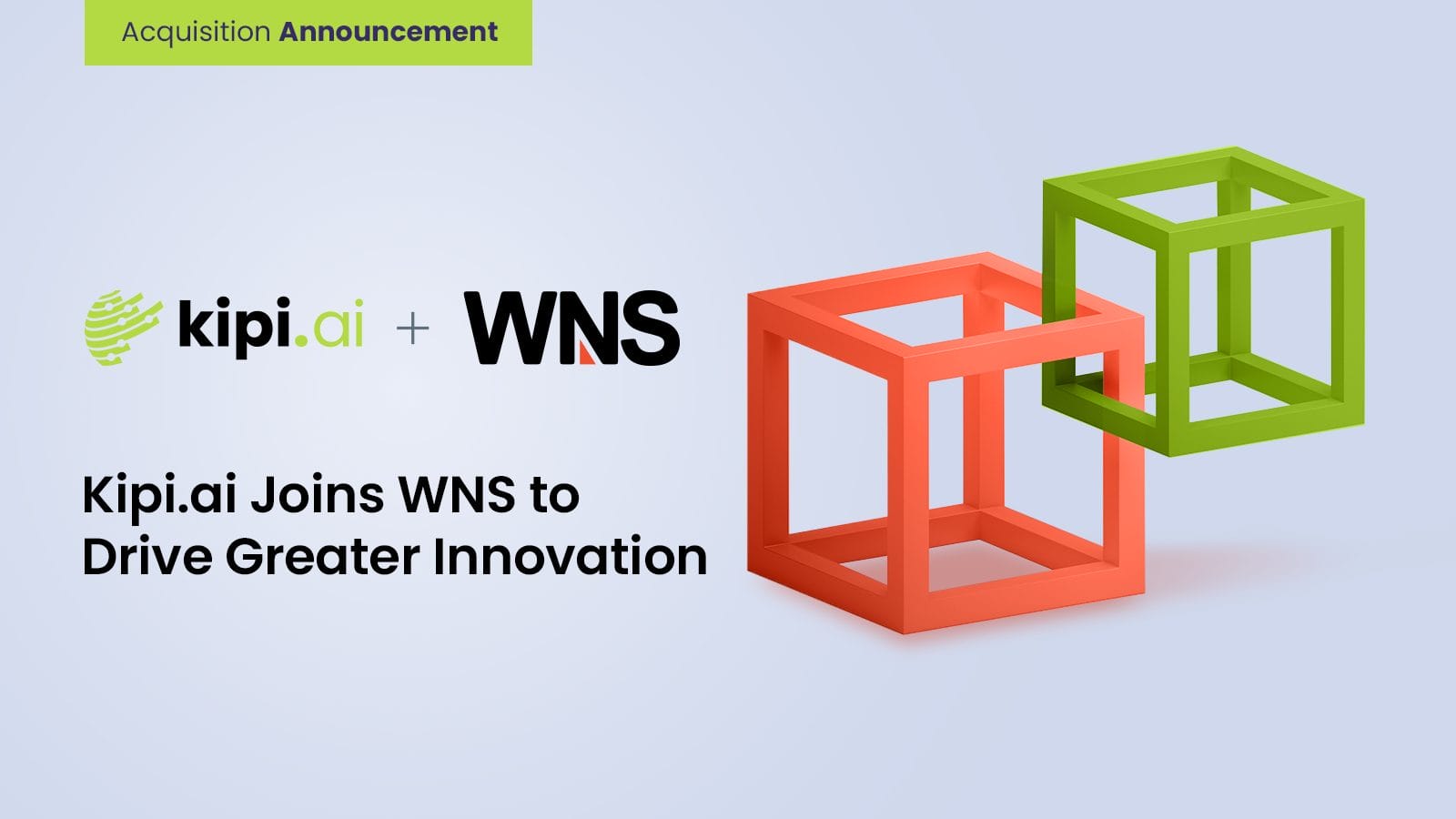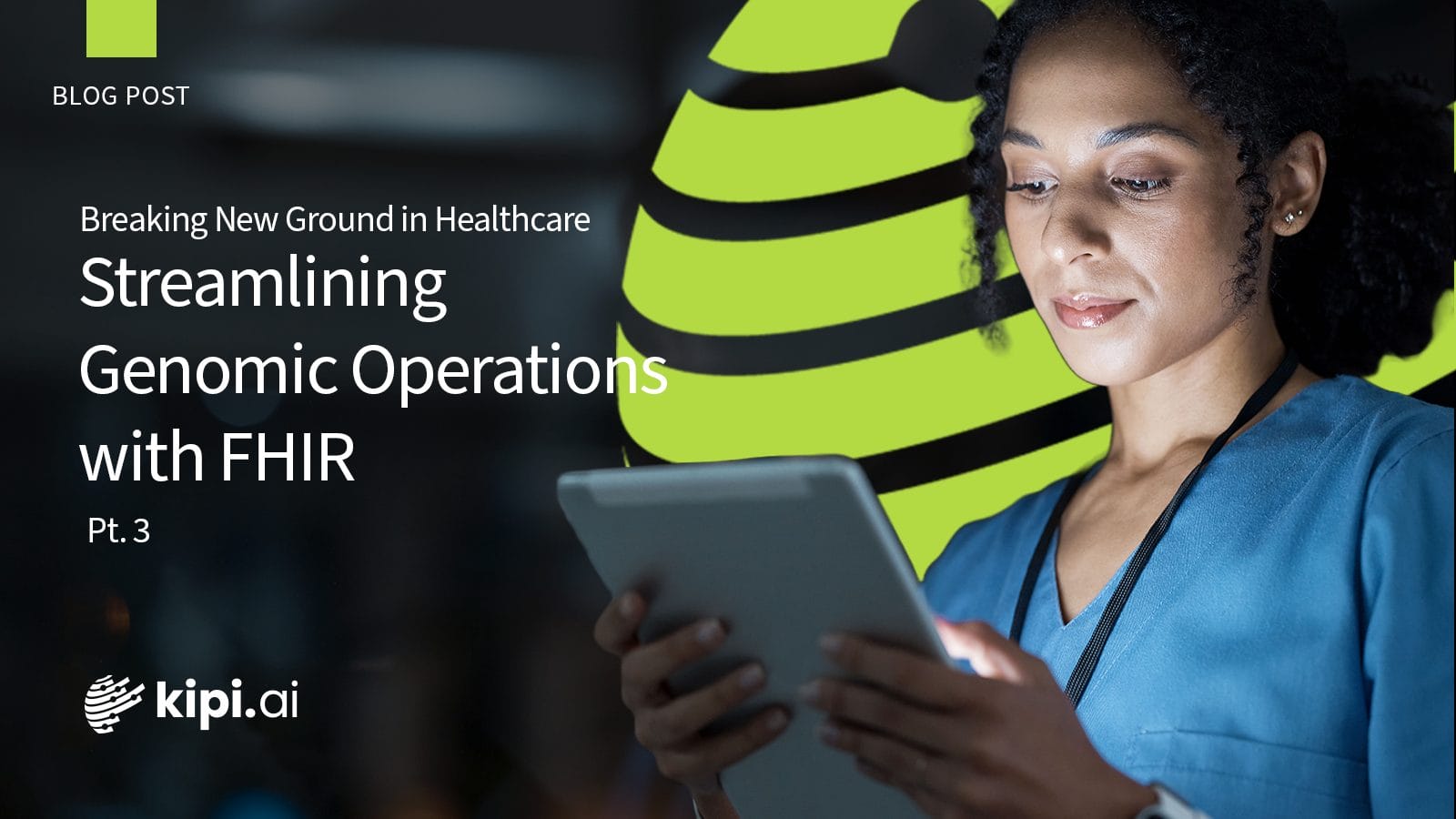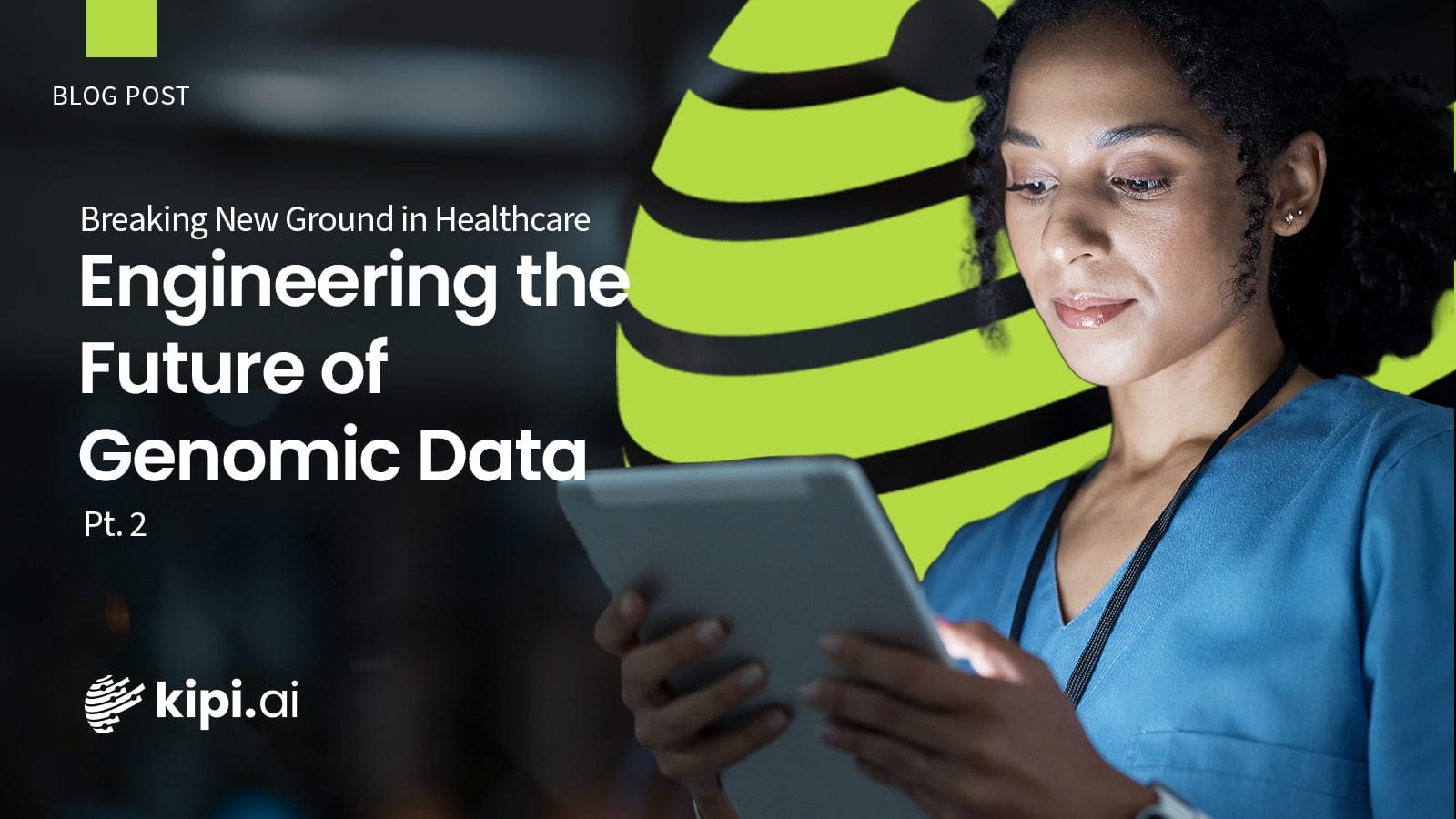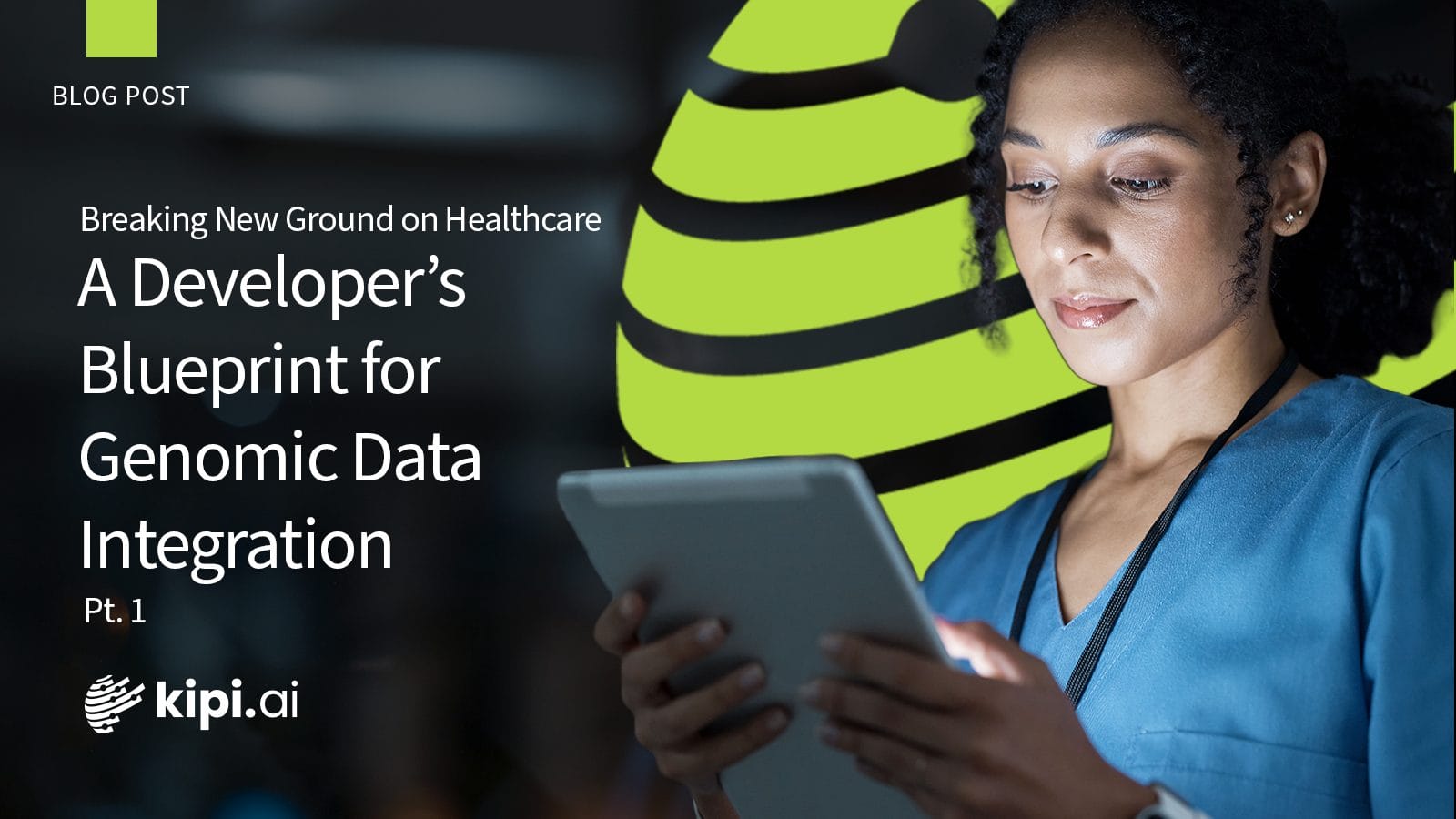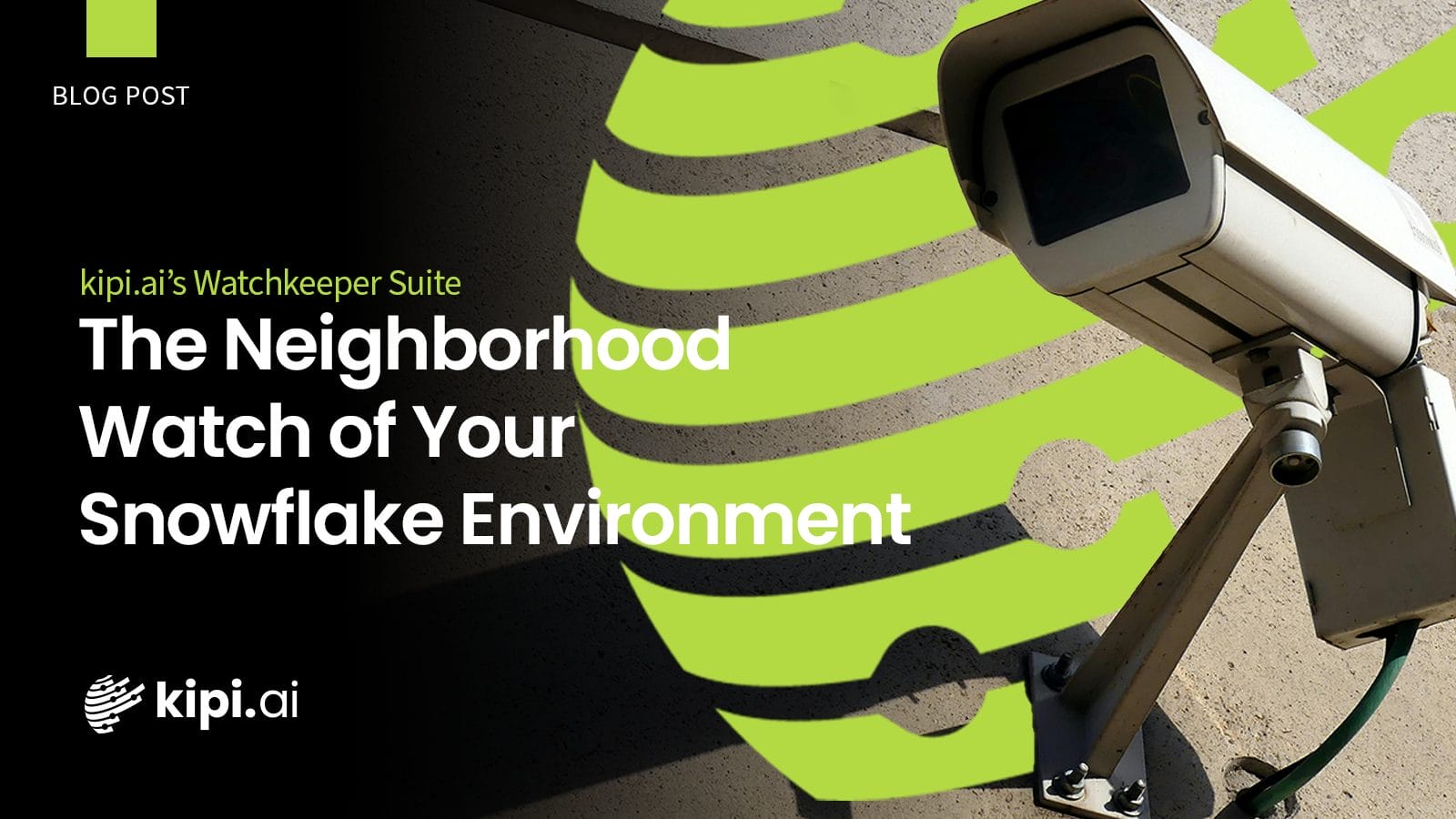Authors: Sandeep Tiwari and Garrison A Poke
Safeguarding Healthcare
In the healthcare industry, fraudulent claims and billing practices are not just costly—they threaten the integrity and trust within the entire system. Illicit activities such as falsified records, unnecessary services, and identity theft divert valuable resources away from legitimate patient care, posing significant challenges to both financial stability and ethical standards. Detecting and preventing these activities is critical to ensuring that healthcare funds are used appropriately and that the system remains focused on advancing patient care and medical research.
To address this pressing issue, we propose an innovative solution that combines autoencoders and Gaussian mixture models (GMM) for anomaly detection. This approach leverages the power of machine learning to identify suspicious patterns in healthcare claims and billing data, enabling more effective detection of potential fraud. In this blog post, we delve into how the Autoencoder + GMM technique works, its architecture, methodology, and the promising results it has shown in combating healthcare fraud. By embracing this advanced technology, healthcare organizations can protect their financial resources, maintain compliance, and ultimately deliver better care to patients.
Why is the problem relevant?
The healthcare industry is a vital sector that impacts the well-being of millions worldwide. Fraudulent activities not only drain valuable financial resources but also undermine the trust of patients and stakeholders in the healthcare system. By addressing this problem, healthcare organizations can protect their financial stability, maintain ethical and legal compliance, and ultimately provide better care for patients. Additionally, combating fraud helps to preserve the integrity of the healthcare system and ensures that resources are directed towards advancing medical research and improving overall healthcare services.
Our solution: Autoencoder + GMM Anomaly Detection
To tackle the challenge of identifying fraudulent claims and billing practices, we propose an innovative machine learning approach that combines the power of autoencoders and Gaussian mixture models (GMM). This Autoencoder + GMM technique leverages unsupervised anomaly detection to identify deviations from expected patterns in healthcare claims and billing data, enabling the detection of potential fraud cases.
Architecture
The Autoencoder + GMM solution consists of the following key components:
1. Data Preprocessing and Feature Engineering: Relevant features are extracted from the healthcare claims and billing data, such as diagnosis codes, procedure codes, patient demographics, and billing amounts.
2. Autoencoder: A neural network architecture that learns to compress the input data into a lower-dimensional representation (encoding) and then reconstructs the original data from this encoding (decoding).
3. Gaussian Mixture Model (GMM): A probabilistic model that learns the distribution of the encoded data points and assigns a probability density to each data point.
4. Anomaly Detection: Data points with low probability densities assigned by the GMM are flagged as potential anomalies or fraudulent cases for further investigation.
Methodology
1. Data Preprocessing and Feature Engineering: Clean and preprocess the healthcare claims and billing data, extracting relevant features that capture the intricate patterns and relationships within the data.
2. Training the Autoencoder: Train the autoencoder on the preprocessed data, allowing it to learn the underlying patterns and relationships by minimizing the reconstruction error.
3. Reconstructing and Modeling with GMM: Pass the input data through the encoder part of the autoencoder to obtain the lower-dimensional encoding. Use these encoded representations as input to the Gaussian mixture model (GMM), which models the distribution of the encoded data points.
4. Anomaly Detection and Fraud Identification: Analyze the probability densities assigned by the GMM to each data point. Flag data points with low probabilities as potential anomalies or fraudulent cases for further investigation by healthcare professionals and investigators.
Results
The Autoencoder + GMM approach has demonstrated promising results in detecting fraudulent claims and billing practices within the healthcare industry. By leveraging unsupervised anomaly detection techniques, this solution can effectively identify deviations from expected patterns without requiring explicit labels or examples of fraudulent cases. The integration of autoencoders and GMMs allows the model to adapt to the complexities of healthcare data and continuously learn and update as new data becomes available.
Challenges Faced (Technical)
1. Data Quality and Availability: Ensuring high-quality and comprehensive healthcare claims and billing data is crucial for the model’s performance. Incomplete or inaccurate data can lead to suboptimal results.
2. Interpretability and Explainability: While the Autoencoder + GMM approach can effectively detect anomalies, interpreting and explaining the reasons behind the identified potential fraud cases can be challenging, particularly in the context of complex healthcare data.
3. Regulatory Compliance and Privacy: Handling sensitive healthcare data requires strict adherence to regulations and privacy laws, such as HIPAA. Implementing robust security measures and ensuring data anonymization is essential.
4. Integration with Existing Systems: Seamlessly integrating the Autoencoder + GMM solution with existing healthcare information systems and workflows can pose technical challenges and require careful planning and implementation.
Future Scope of Improvement
1. Incorporating Additional Data Sources: Enhancing the model’s performance by integrating additional data sources, such as electronic health records (EHRs), medical imaging data, and patient histories, can provide a more comprehensive view of potential fraud patterns.
2. Active Learning and Human-in-the-Loop: Implementing active learning techniques and incorporating human expert feedback can improve the model’s accuracy and adaptability over time, enabling it to learn from the investigation results of identified potential fraud cases.
3. Ensemble and Hybrid Approaches: Exploring ensemble methods and hybrid approaches that combine the Autoencoder + GMM technique with other machine learning models or rule-based systems can potentially enhance the overall detection capabilities.
4. Deployment and Operationalization: Developing robust deployment strategies and operational pipelines to seamlessly integrate the Autoencoder + GMM solution into healthcare organizations’ existing workflows and systems, ensuring efficient and scalable fraud detection processes.
Conclusion
Combating fraudulent claims and billing practices within the healthcare industry is a crucial endeavor to protect financial resources and maintain the integrity of the healthcare system. The Autoencoder + GMM anomaly detection approach presents a powerful solution by leveraging advanced machine learning techniques. By identifying deviations from expected patterns in healthcare data, this solution enables healthcare organizations to detect potential fraud cases effectively. While challenges exist, such as data quality, interpretability, and integration with existing systems, continuous research and development efforts can address these issues and further enhance the solution’s capabilities. Embracing innovative approaches like Autoencoder + GMM is essential for safeguarding healthcare finances, ensuring ethical and legal compliance, and ultimately providing better care for patients while advancing medical research and innovation.

